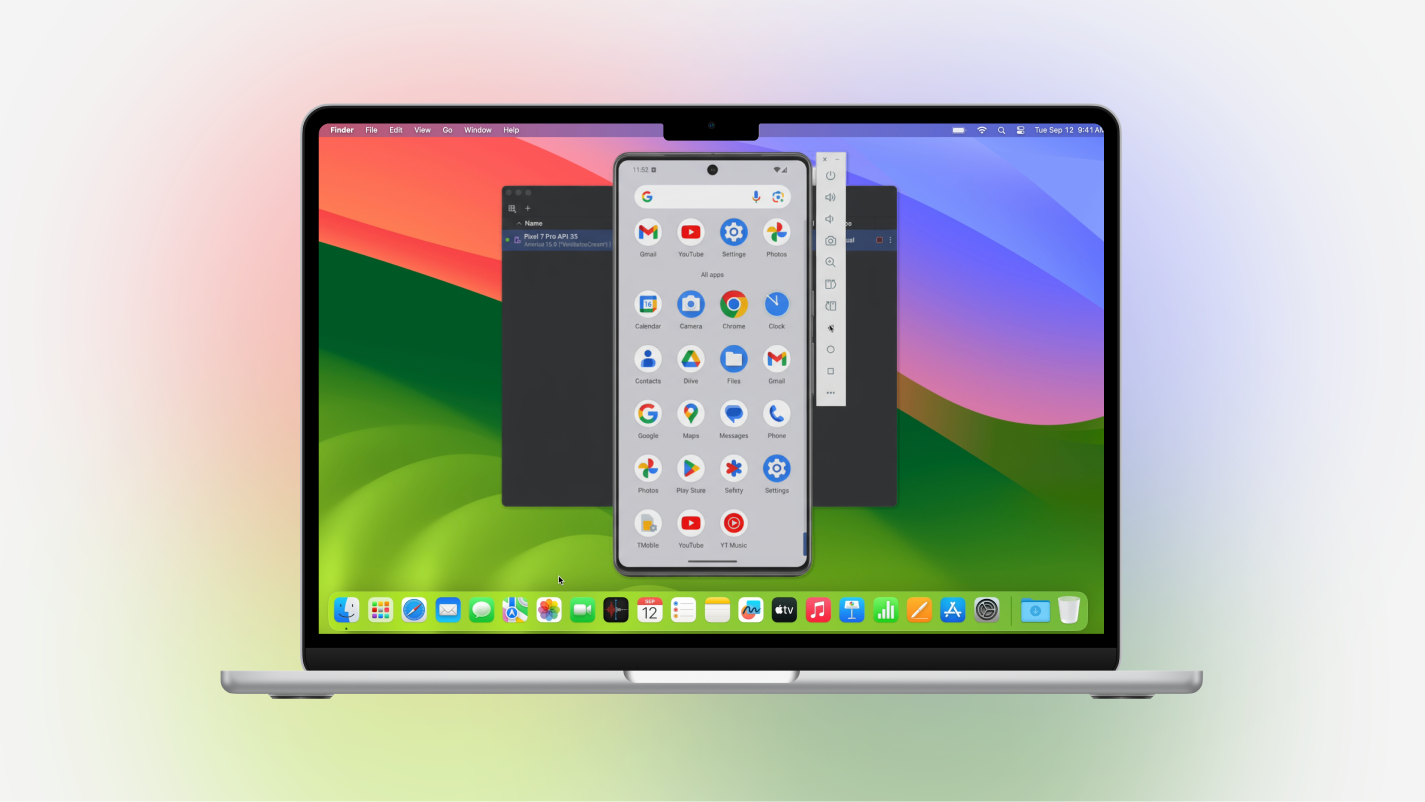If you want ideas turned into remarkable products, do not mistake thinking a short code and an attractive design are all that matter. Instead, quality should be the norm when it comes to the product you want to deliver to your clients and end-users. This is where the Quality Assurance processes come in. Learn all about how it is to work in our QA team.
Living by the motto, ‘it’s not final until is QA-ed,’ we approach testing as a process of four steps: static tests, exploratory tests, new features tests, and planning out the test automation. It is done by Primary and Support QA Analysts who ensure the product meets user needs and expectations even before hitting the digital shelves.
Looking in more detail, the Primary QA Analyst:
- does most of the work
- is the main point of contact
- has the best understanding of the product
- is responsible for the whole QA process
Meanwhile, the Support QA Analyst:
- helps the Primary QA with all tasks
- is entirely in sync with the Primary QA
- provides additional flexibility when more work is required or when the Primary QA is absent or indisposed
While Primary Analysts are mandatory to lead the process, adding Support QAs to the testing is optional. We usually recommend adding the latter for products that require a more robust testing process.
Regardless of how many analysts are working on the project, our testing process will always include four steps to ensure the best possible product quality: static tests, exploratory tests, a focus on new features, and test automation planning. Read further to find out all the details.
Step 1: Static Tests
The Quality Assurance process starts with static testing, which consists of:
- product information analysis
- requirements analysis
- development process integration
- prioritization
Static tests ensure that each member of the QA team gets familiarized with the main and any other applicable product that will go through testing. In this step, everyone carefully studies all the available documentation about the product. If any essential information is missing, the team lead works on updating the documentation.
Step 2: Exploratory Tests
After static, we carry out the first exploratory tests. The designated QA team conducts them on various web and mobile browsers to cover as many as different devices an end-user might have on hand when using the product. As for web browsers, we start with Chrome, Firefox, and Safari, which gives us coverage of about 95%. Then, mobile browser testing is performed on both real Android and iOS devices.
All errors and issues are reported via Jira or a similar tool. The report includes:
- the steps to reproduce
- the expected results
- the actual results or problems encountered
The report includes logs, screenshots, or screen recordings that help developers quickly fix the problem. After they resolve them, we recheck the bug reports.
Step 3: New Features Focus
At this point, the QA team integrates into the product development process to ensure that they test all the new features appropriately. The development team deploys all the new features to the staging environment to do so. They deploy it into production only once the QA team confirms the feature has passed all the tests successfully. At the same time, we create a test plan covering all essential features of the product and user flows. After evaluating how the new features can affect the existing development, it goes into action.
If necessary, we perform a manual regression test based on the structured test plan for the features that might be affected. We also perform them on a regular basis to ensure that the entire site is stable and we have avoided most errors. In addition, as the development team creates new features, the QA team updates the test plans.
Step 4: Test Automation Planning
Based on the above, we evaluate which test plans we could automate. Here we pay attention to consider the following questions:
- How stable the features and flows are?
- How often should we test them?
- How important are they?
Test automation planning is the last step of our QA process, but it is crucial since at least one-third of all tests can be automated. As a result, we can lower the team’s time on manual QA, especially when it comes to regression testing. Because of this, we have more time to focus on edge cases and testing the new features, thus increasing the quality.
_________
This blog post is the second article in a series, ‘It’s Not Over Until It’s QA-ed,’ explaining all you need to know about the process of quality assurance in the software development industry.
To get comprehensive insights into how QA can benefit your business and reasons why cutting corners when deciding on your go-to QA team isn't a good idea, make sure to check out the following two articles:






